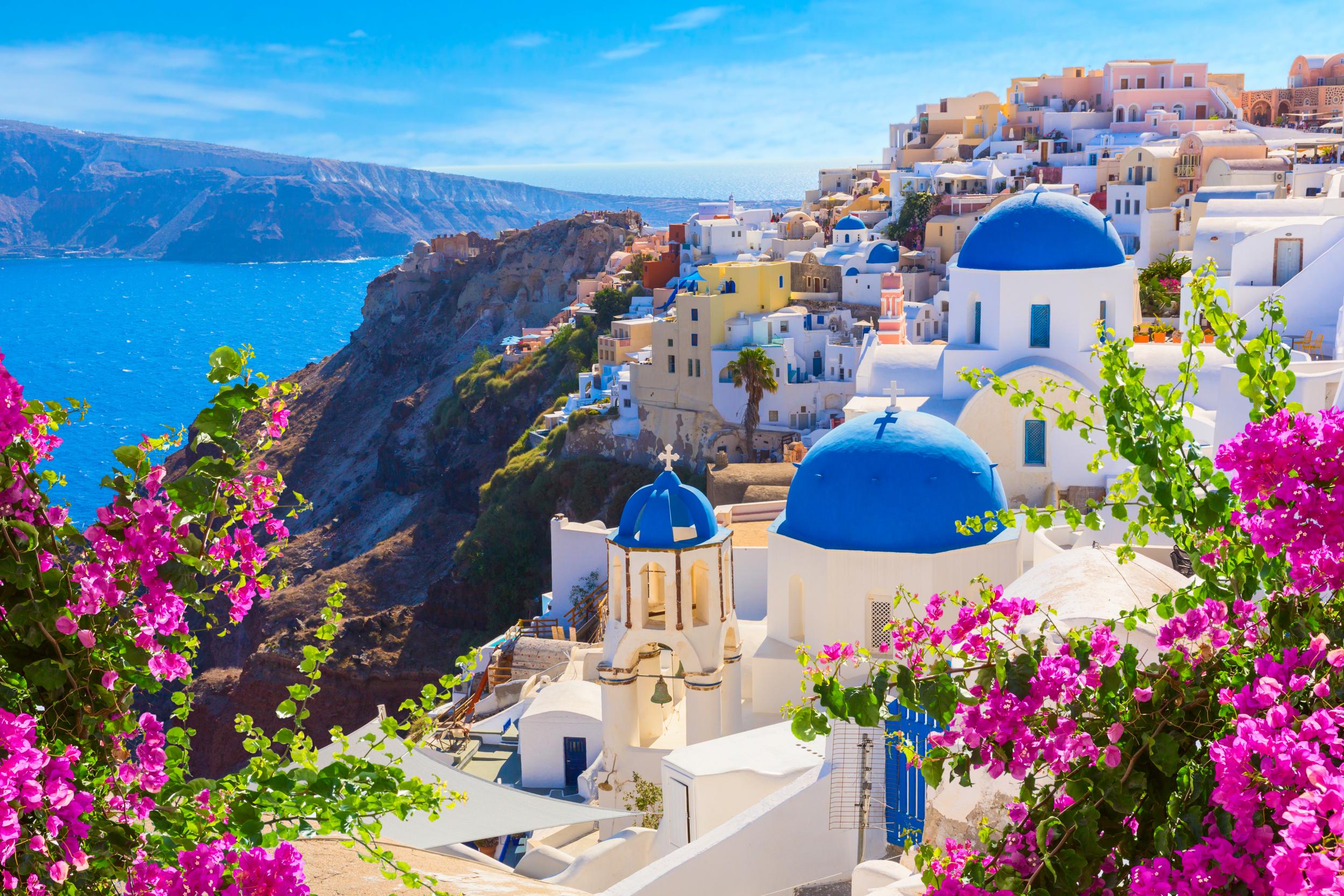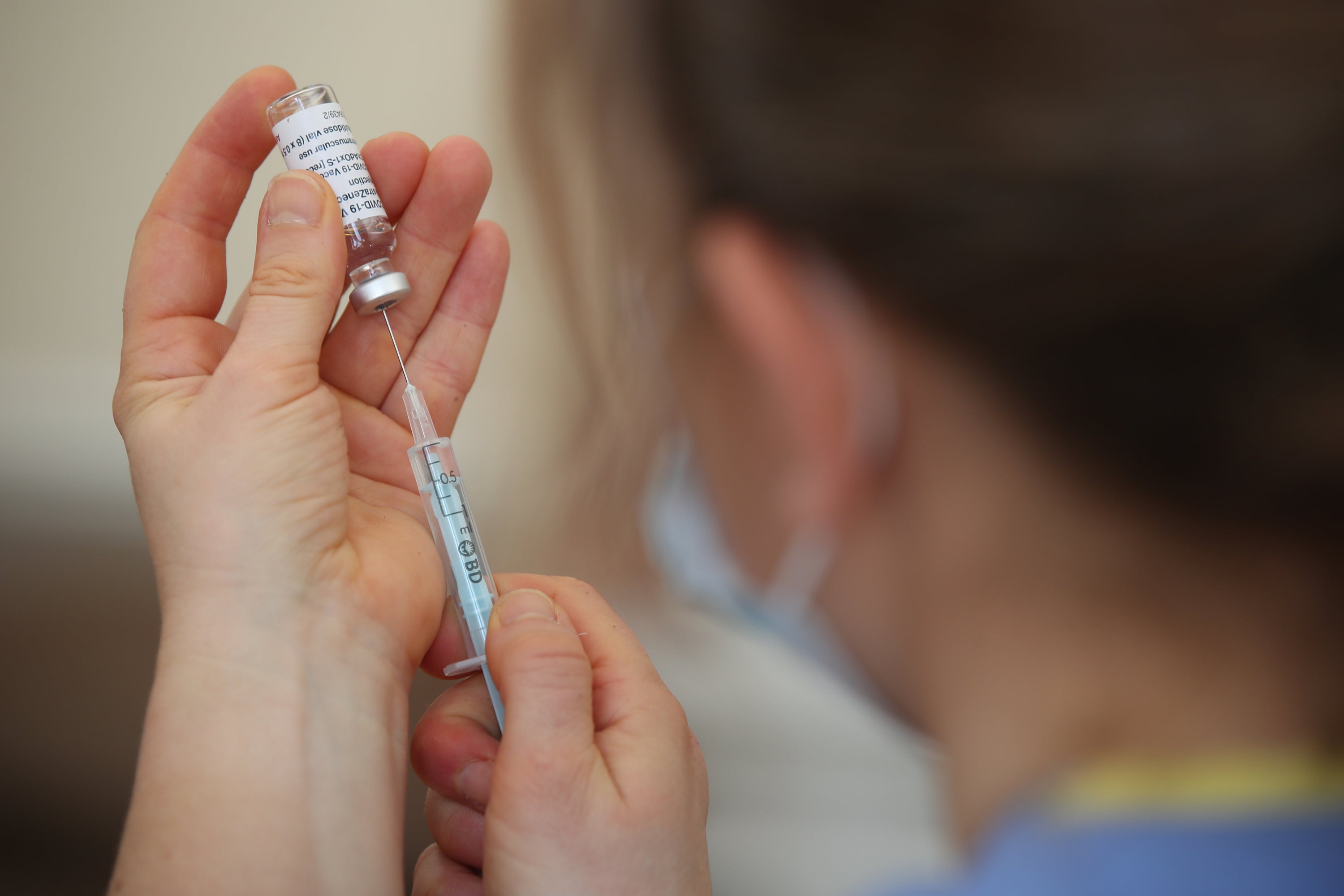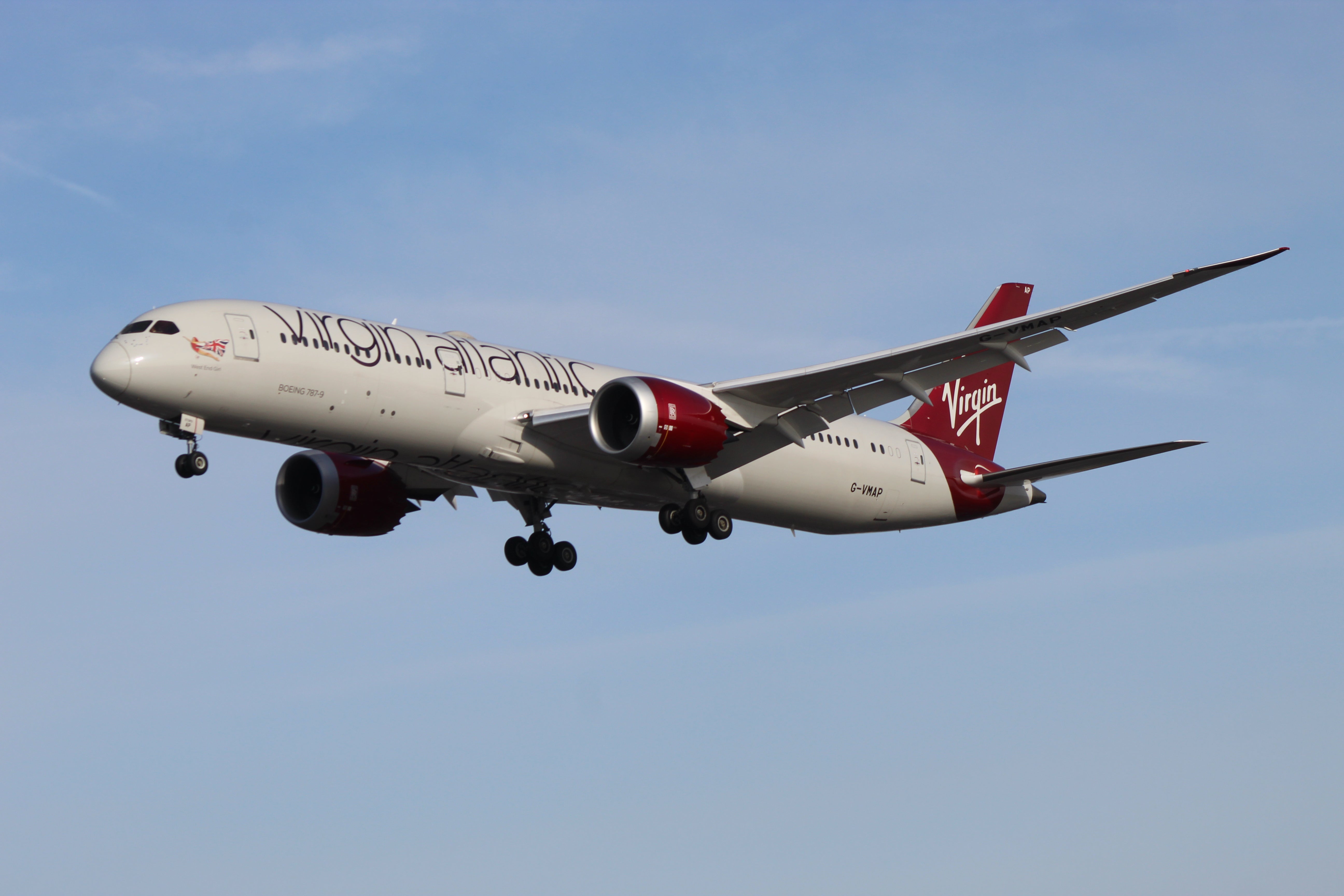Will Greece turning green affect our quarantine time?
Simon Calder answers your questions on self-isolating after two vaccinations, arrivals from amber list countries and smoking on planes


Q My son is currently in Greece, which is on the amber list. He is double vaccinated but only had his second vaccine on 29 June, which doesn’t yet show on his NHS app. I understand it won’t show until 14 days after it was administered.
He is due to fly back on Saturday 17 July. As just two days later fully vaccinated people will be able to come back without self-isolating, will he still need to quarantine beyond Monday 19 July?
One more question: when someone is self-isolating from travel, do other people need to quarantine too?
Lindy L via an Ask Me Anything at independent.co.uk/travel
A If your son does come back on 17 July, he would need to complete the whole stint of quarantine. As with questions on Mastermind, once Covid self-isolation after travelling to the UK has begun, it must continue to the bitter end. The only ways to cut it short: in England, by paying for an extra “test to release” on day five of quarantine; and anywhere in the UK, by leaving the country again.
But why doesn’t he stay a little longer and return on 19 July? I am seeing a Ryanair flight from Athens to Stansted for £70 on that day – around the price he would pay for a “day eight” PCR test alone, which he would save if he avoids self-isolation. Meanwhile his NHS jabbed status should appear on 13 or 14 July, in good time to show to check-in staff in Greece and UK Border Force on arrival.
If he does decide to arrive on 17 July and quarantine, other people in the same household need not self-isolate. The only situation in which families have been affected was when there was a scare last autumn about Denmark – in particular a variant of Covid that appeared to be borne and transmitted by mink.
The government says in general: “The people you’re staying with do not need to quarantine, unless they travelled with you; you or someone in the place where you’re staying develop symptoms of Covid-19; you get a positive test result for your day 2 or day 8 test.
“If any of these things apply, your household must quarantine with you, following the same rules and for the same length of time as you.”

Q The government mentions vaccinated Britons in its announcement about arrivals from amber list countries being able to follow green list rules and avoid quarantine. Does this include British citizens vaccinated outside the UK?
And what about vaccinated people who live in amber list countries: will their vaccines be recognised if they seek to visit the UK for tourism or business? What about expatriates who have received the Sinopharm vaccine?
Ibrahim1994
A Anyone who lives in the UK and has been vaccinated by the NHS – or who is on a “formally approved UK vaccine clinical trial” – will not need to quarantine if they arrive from an amber-list country from 4am on Monday 19 July. The qualification is not premised on nationality, but on where the vaccine was administered.
The government says that, initially, it wants to ensure that a system for travellers resident in the UK can work. It can verify vaccination status with the NHS database, but cannot access records held by other countries. There are hopes that the NHS certification system could be linked with the EU Digital Covid Certificate to allow freer movement for European visitors.
On Friday morning, the transport secretary, Grant Shapps, said he was working on accepting this European Union pass. (Interestingly, he made it sound as though it was still in development; the EU Digital Covid Certificate has been in operation since 1 July everywhere except Ireland.)
Mr Shapps said he will make an announcement in a couple of weeks, so I imagine it might take effect in the first half of August. At this stage, neither of the Chinese vaccines – Sinopharm or Sinovac – has been approved by the medicines regulator in the UK, the MHRA. Both brands appear likely to be a long way from being accepted.

Q Was there ever a time you were allowed to smoke on a plane? Cause if you were, that blows my mind.
Mel Clements
A For most of the history of civil aviation (which I shall date from 1919), smoking on board was possible. Yes: for decades it was deemed acceptable to have toxic substances lit by naked flames in the cabin of a passenger aircraft, producing fumes that were then inhaled by everyone on board the plane.
The demarcation between smoking and non-smoking areas was pretty arbitrary. All seats had ashtrays in the armrests. The right to light up might begin at row 21, which was bad news for non-smokers in row 20. Or cabin crew would simply announce that the left-hand side of the plane was designated the smoking section.
On the one occasion I flew on Concorde (in 1986, paying £150 for the right to be a Securicor courier), a cigar was offered immediately after dinner – with cabin crew offering to light it. That was around the time that moves in the United States started to limit smoking – ahead of the rest of the world. Initially, cigars and pipes were banned, followed by a prohibition on smoking on domestic flights of under two hours. By 1988 that had extended to all internal flights, as I discovered to my horror on a six-hour Anchorage-Minneapolis journey.
In the same year, British Airways took its first tentative steps, with smoke-free flights on a small number of services. I cursed my luck to discover that Heathrow-Vienna was one of the routes, as I was booked to fly it. BA even banned smoking on Los Angeles flights, though only one departure a day – so you could switch to the LA smoking service if you wished.
The spreading smoking ban on planes helped persuade me to give up the evil habit in 1990, but BA became totally smoke-free only in 1998.
Virgin Atlantic was the first UK airline to ban smoking on all its flights in 1995. “We agonised over the decision,” the former chief executive Steve Ridgway told me, “but I was determined that we would be first.”
The practice is largely eradicated now worldwide, though on a Russian domestic flight from Vladivostok to Moscow – a 4,000-mile, eight-hour trip – it was clear that one of the bathrooms at the back of the plane had been unofficially assigned as the smoking section.
Email your questions to s@hols.tv or tweet @simoncalder
Join our commenting forum
Join thought-provoking conversations, follow other Independent readers and see their replies
Comments